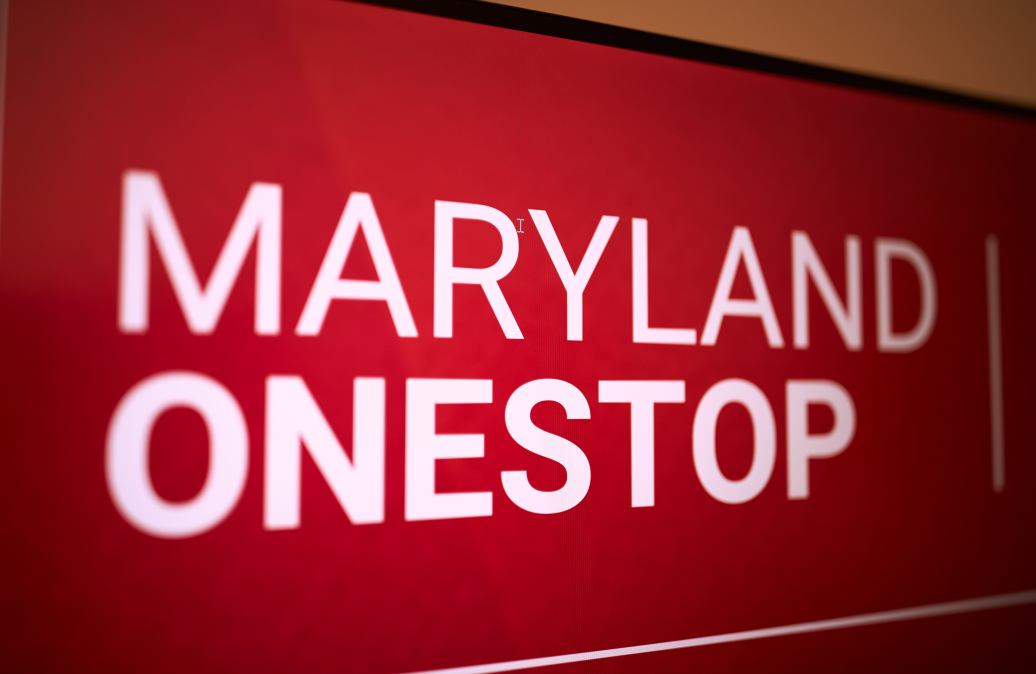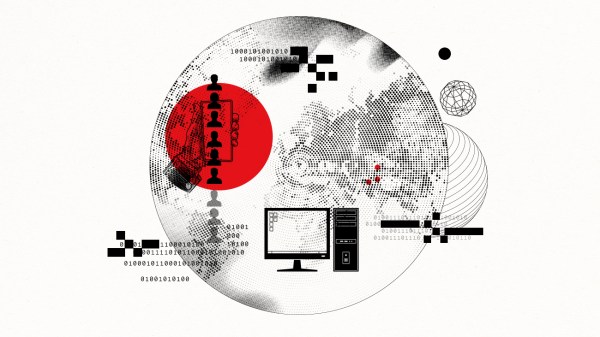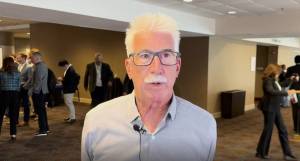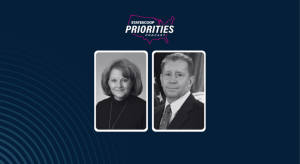Maryland’s citizen services portal is making ‘dramatic progress,’ CIO says

Maryland OneStop, the state’s four-year-old citizen services portal, is not yet fully mature, but it has seen “dramatic progress,” state Chief Information Officer Michael Leahy told StateScoop this week.
The platform, which Leahy launched in 2018 to process business licenses, has since grown to include 19 state agencies, more than 500 government forms and more than 1 million user accounts, according to a monthly statistics report. But Leahy said the biggest benefits conferred by the portal so far have come in the form of streamlining some of the state government’s most essential work.
Leahy said that soon after pandemic lockdowns began in 2020, several agencies that operated programs for small businesses and individuals who couldn’t work approached the Department of Information Technology for help processing applications more quickly. He said they were able to use Maryland’s OneStop platform to get things moving more quickly and cheaply.
“They wanted to take an off-the-shelf product and manipulate it to fit their needs,” Leahy said. It was going to cost seven figures and three to four months to put in place. From the time we started talking to them to the time we had the OneStop application built and running was about eight hours. They were processing about 100 applications a day at that point. We processed 17,000 that night.”
The state also leaned on the platform for its contact-tracing and vaccine management efforts during the COVID-19 pandemic. Leahy said having that capability on-hand shaved what would have been months-long projects down to just weeks.
“We were able to do it ourselves,” he said.
Leahy shares with many other state CIOs an aspiration to create a platform that serves as a single location for residents to manage all of their government transactions — from tax-return status to vehicle registration. He predicted it will still be another two years before Maryland OneStop is used by all state agencies, but the more complex part will be identity management.
“The linchpin of all of this is an identity model where each citizen will have an individualized identity and account and rather than using the idea of centralized controls for identity and [personally identifiable information] and personalized data,” Leahy said. “We are looking to build a decentralized system where your data will reside on a device you control.”
Decentralized data storage for an application of this type is a departure from the industry norm, but Leahy, who is also a lawyer, said he believes the current trends in data-privacy law indicate the paradigm will soon change.
“My vision is if you want to hack or attack something in Maryland, you’re going to have to go after 6 million separate accounts,” he said.
Though the desire for a centralized platform is widely shared by state IT officials, Leahy said the draw of such technology is not always apparent to the other department heads he must convince to begin using it, if it’s to be a truly comprehensive platform.
“The identity piece is a bit more complex and I suspect if people are as passionate about it as I am, it will come to fruition in the next 3-5 years and it will not be the State of Maryland leading that,” he said. “It will be some folks in the private market that are building that.”






